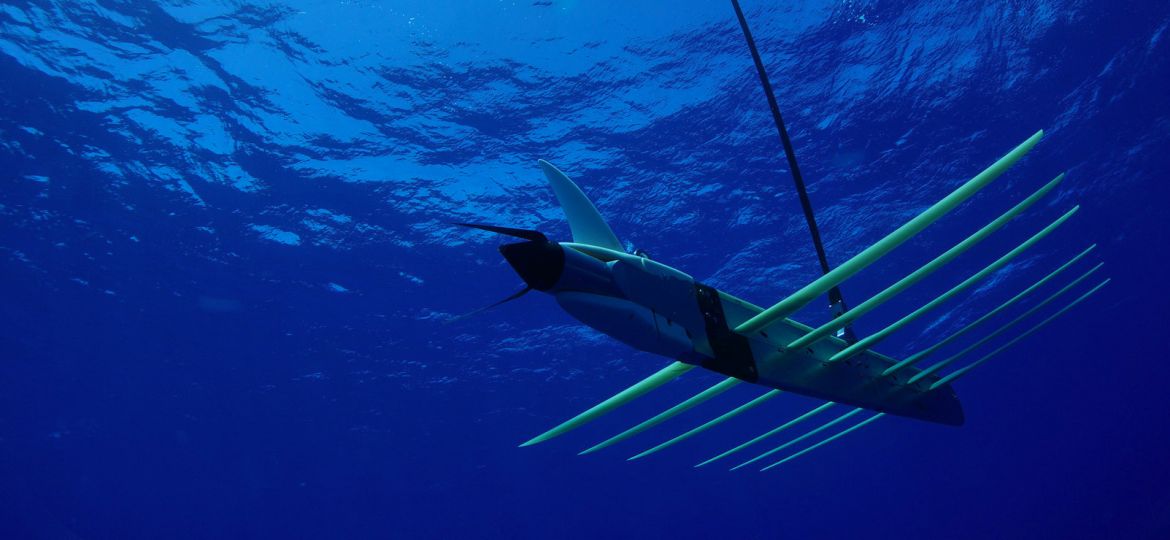
WHY THIS MATTERS IN BRIEF
- Conservations have always had to work on a budget, I know, I’ve been one, but now technology is helping them in ways that were previously unimaginable
- Stuff
Whether it’s robots stunning invasive species like Lionfish and the Crown of Thorns, or scientists using 3D printing to resurrect dying reefs, Artificial Intelligence (AI) to identify species or create a Facebook for Whales, or genetic editing to wipe out species, it’s undeniable that conservations are increasingly turning to technology to help them fix the damage that’s being wrought on the planet’s ecosystems.
Now, an ocean going, solar powered drone called Wave Glider, that’s made by a Boeing company called Liquid Robotics, has been enlisted by the UK Government to help spot illegal fishing in the world’s largest, continuous marine reserve – the 834,000 square km, or 322,000 square mile, zone around the Pitcairn Islands in the Pacific which the UK designated a marine nature reserve back in 2015.
The plan is that the data gathered by the drone will be beamed back to a satellite control room in Harwell Science Park in Oxfordshire and be used by authorities to help prosecute unauthorised trawling which has become an increasing problem in the reserve.
That said though, and as if all that isn’t enough for the sea faring drone, it’s also going to be patrolling areas in the reserve designated as no fishing zones and using its on board camera it’s going to take snaps of fishing vessels that are in restricted areas, and then use satellite technology that can pinpoint their location.
The drone is comprised of two parts – an instrument bearing boat that floats on the ocean surface that is tethered to a submersible – and it uses the differential motion between the sea surface and the region the submersible traverses to propel itself along which means it can stay at sea for months at a time.
The seas around the Pitcairns are believed to be home to more than 1,200 species of fish, marine mammals and birds, some of which are unique to the region and it also supports the world’s deepest and most well developed coral reef.
The unmanned craft starting patrolling late last month.
















